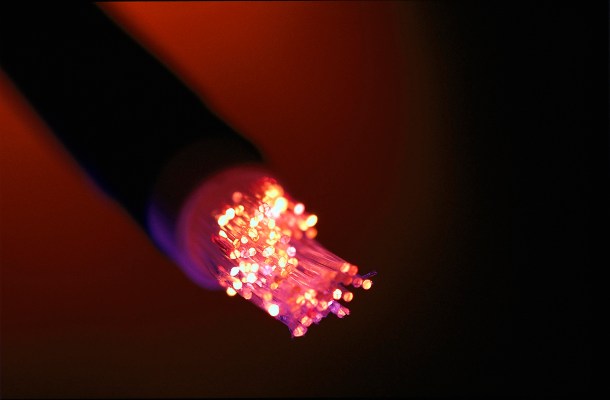Monitoring seismic activity all over the world is an important task, but one that requires equipment to be at the site it’s measuring — difficult in the middle of the ocean. But new research from Berkeley could turn existing undersea fiber optic cables into a network of seismographs, creating an unprecedented global view of the Earth’s tectonic movements.
These cables carry data over long distances, sometimes as part of the internet’s backbones, and sometimes as part of private networks. But one thing they all have in common is that they use light to do so — light that gets scattered and distorted if the cable shifts or changes orientation. By carefully monitoring this “backscatter” phenomenon it can be seen exactly where the cable bends and to what extent — sometimes to within a few nanometers. That means that researchers can observe a cable to find out the source of seismic activity with an extraordinary level of precision.
It’s not all plain sailing though as the connecting of the instrument could interfere with the data so there is still work to be done. But it is very promising in its approach as the majority of the earth’s surface is covered by water this could help eliminate the massive blind spots we have currently today.
See https://techcrunch.com/2019/11/28/scientists-turn-undersea-fiber-optic-cables-into-seismographs/
#technology #science
#^Scientists turn undersea fiber optic cables into seismographs – TechCrunch
Monitoring seismic activity all over the world is an important task, but one that requires equipment to be at the site it’s measuring — difficult in the middle of the ocean. But new research from Berkeley could turn existing undersea fiber optic cables into a network of seismographs, creating an un…

